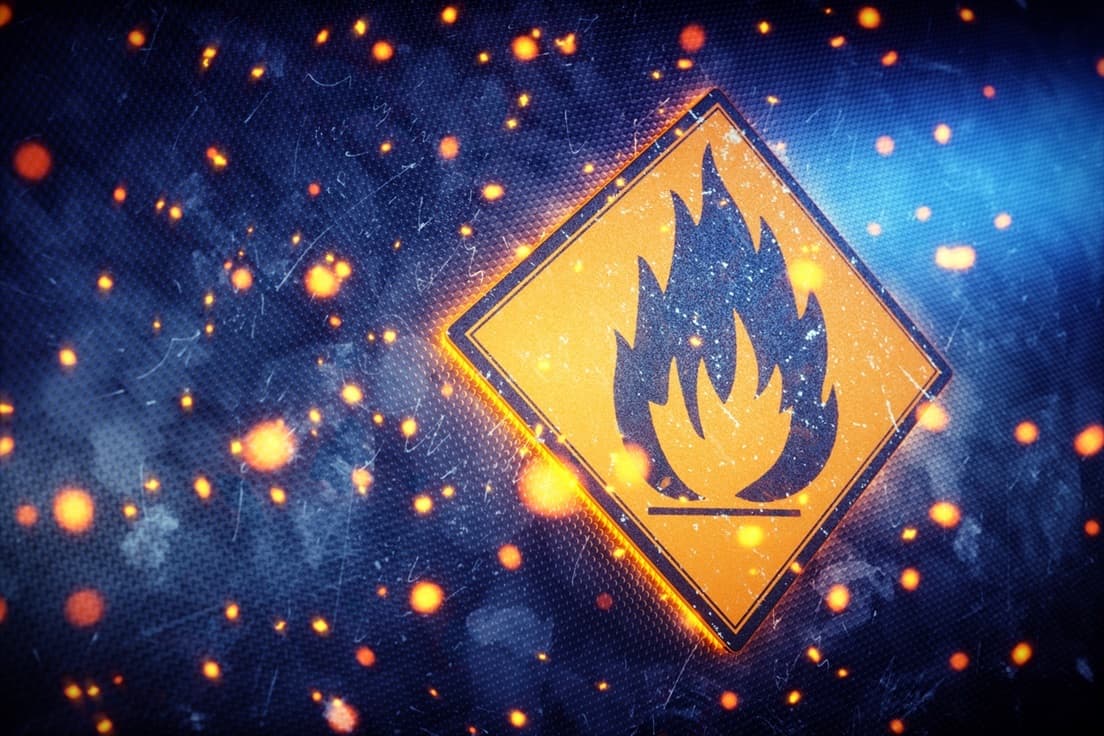The Silent Threat to Workers: Combustible Dust

Everyday materials from sugar to aluminum can become explosive under certain conditions. When they are present as fine particles suspended in the air in just the right concentrations, the dust can suddenly ignite, and the force from the explosions can be dangerously destructive, leveling factories and causing injury and death.
The U.S. Chemical Safety and Hazard Investigation Board logged close to 300 combustible dust incidents between 1980 and 2005. These incidents killed 119 workers and injured 718, in addition to causing extensive damage to industrial facilities. More recently, in 2010, a titanium dust explosion in West Virginia killed three workers. A 2008 sugar dust explosion in Georgia killed fourteen.
Many of these potentially explosive substances are integral to the production of furniture, textiles, food, pharmaceuticals, and numerous other products. They play essential roles in agriculture, chemical manufacturing, metalworking, and emerging technologies like 3D printing. According to the Occupational Safety and Health Administration (OSHA), the following substances are sources of risk: sugar, spices, starch, flour, grains, tobacco, plastics, wood, paper, pulp, rubber, pesticides, pharmaceuticals, dyes, coal, aluminum, chromium, iron, magnesium, and zinc.
OSHA advises employers to take these proactive steps to protect workers in workplaces that may have potentially explosive dust:
- Identify materials that can be combustible in their fine particle form, and the processes that can cause explosive dust.
- Know the areas where dust may accumulate, and remove any potential ignition sources (welding, electricity, etc.).
- Actively use dust collection systems, ventilation and filters, and clean regularly.
- Train workers to recognize and prevent hazards.
If you or someone you love was hurt in an explosion at work, and you are looking for a top Philadelphia injury attorney to represent you, we are here to help. Contact us today to meet and discuss your legal options.

